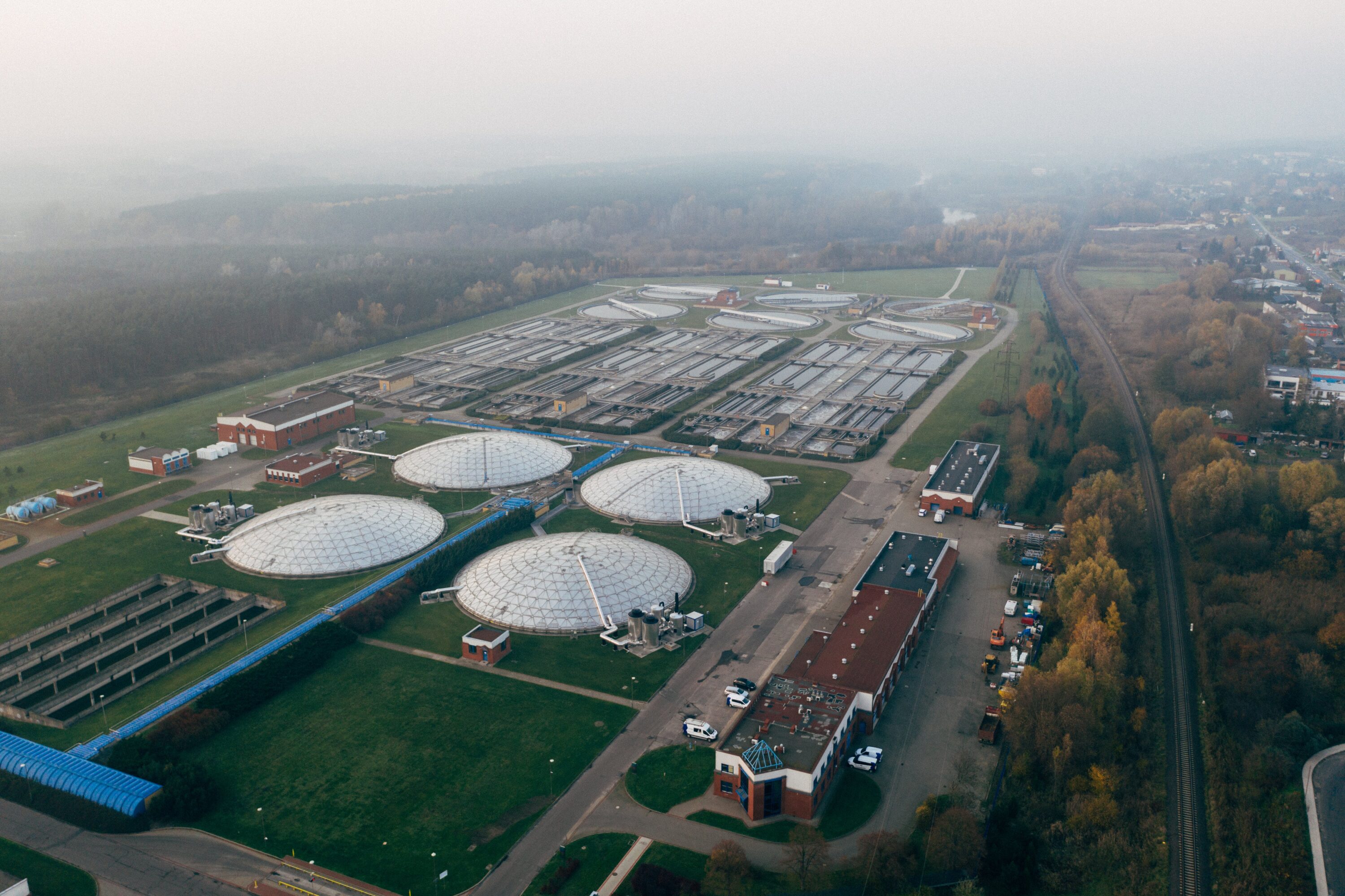
Important points to consider while designing the sewage treatment plant
Designing a sewage treatment plant requires meticulous planning and consideration of various factors to ensure efficient and effective wastewater treatment. Here are important points to consider:
Wastewater Characteristics: Understand the composition, volume, and variability of the incoming wastewater. Analyse parameters like flow rate, organic and inorganic contaminants, pH levels, and temperature.
Treatment Process Selection: Choose appropriate treatment processes based on the wastewater characteristics, such as physical, chemical, and biological treatment methods like screening, sedimentation, aeration, filtration, and disinfection.
Site Selection and Layout: Select an appropriate site considering factors like proximity to the source of wastewater, accessibility, environmental impact, and future expansion possibilities. Design a layout that accommodates various treatment units efficiently.
Regulatory Compliance: Ensure compliance with local, state, and federal regulations regarding wastewater treatment standards, discharge limits, and environmental regulations.
Treatment Plant Components:
Preliminary Treatment: Screens, grit chambers, and primary clarifiers to remove large solids, debris, and grit from wastewater.
Secondary Treatment: Biological treatment processes like activated sludge, trickling filters, or sequencing batch reactors (SBR) to remove organic matter and nutrients.
Tertiary Treatment: Additional treatment processes (such as filtration, chlorination, UV disinfection) to further remove remaining contaminants and pathogens.
Sludge Management: Design sludge handling and disposal systems for the treatment and proper disposal or reuse of sludge generated during the treatment process.
Technology and Equipment Selection: Choose appropriate technology and equipment considering efficiency, reliability, operational ease, and maintenance requirements. Consider energy-efficient options to reduce operational costs.
Operational and Maintenance Plans: Develop plans for regular maintenance, operation schedules, staff training, and emergency protocols to ensure the plant operates optimally and safely.
Safety Measures: Implement safety protocols for workers and ensure proper handling, storage, and disposal of chemicals used in the treatment process.
Monitoring and Control Systems: Install monitoring systems to continuously assess the plant’s performance, including flow rates, chemical dosing, oxygen levels, pH, and other critical parameters. Implement control systems for automated process adjustments.
Community and Environmental Impact: Consider the potential impact on the surrounding community and environment. Minimize odor, noise, and visual impacts through appropriate design and landscaping.
Lifecycle Cost Analysis: Conduct a lifecycle cost analysis to assess the overall costs of construction, operation, and maintenance over the plant’s lifespan. Consider long-term sustainability and cost-effectiveness.
Public Engagement and Communication: Involve stakeholders, community members, and relevant authorities in the planning process. Communicate plans, potential impacts, and mitigation strategies transparently.
Designing a sewage treatment plant involves a multidisciplinary approach, taking into account technical, environmental, regulatory, and social aspects to ensure effective wastewater treatment while minimizing environmental impact and ensuring public health and safety.
